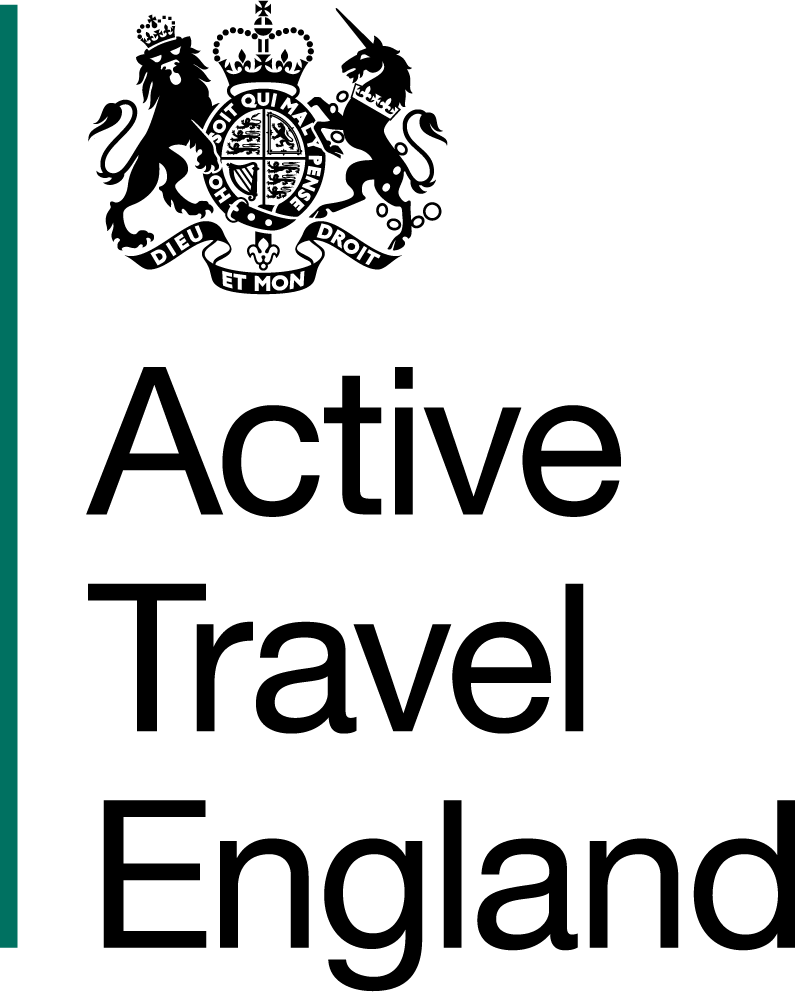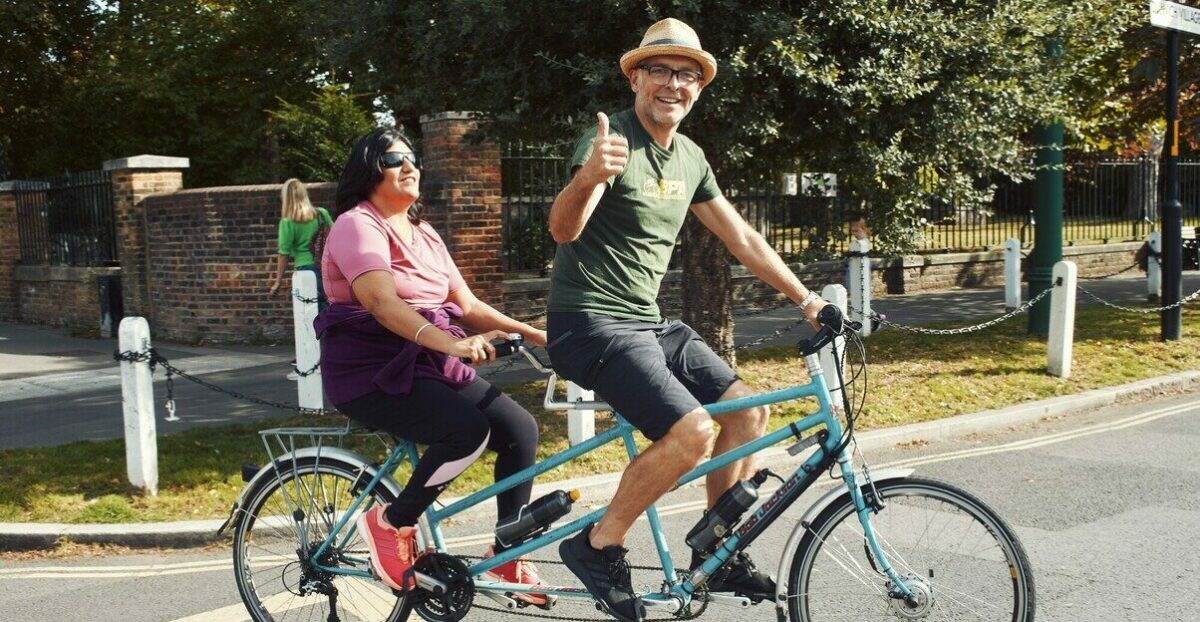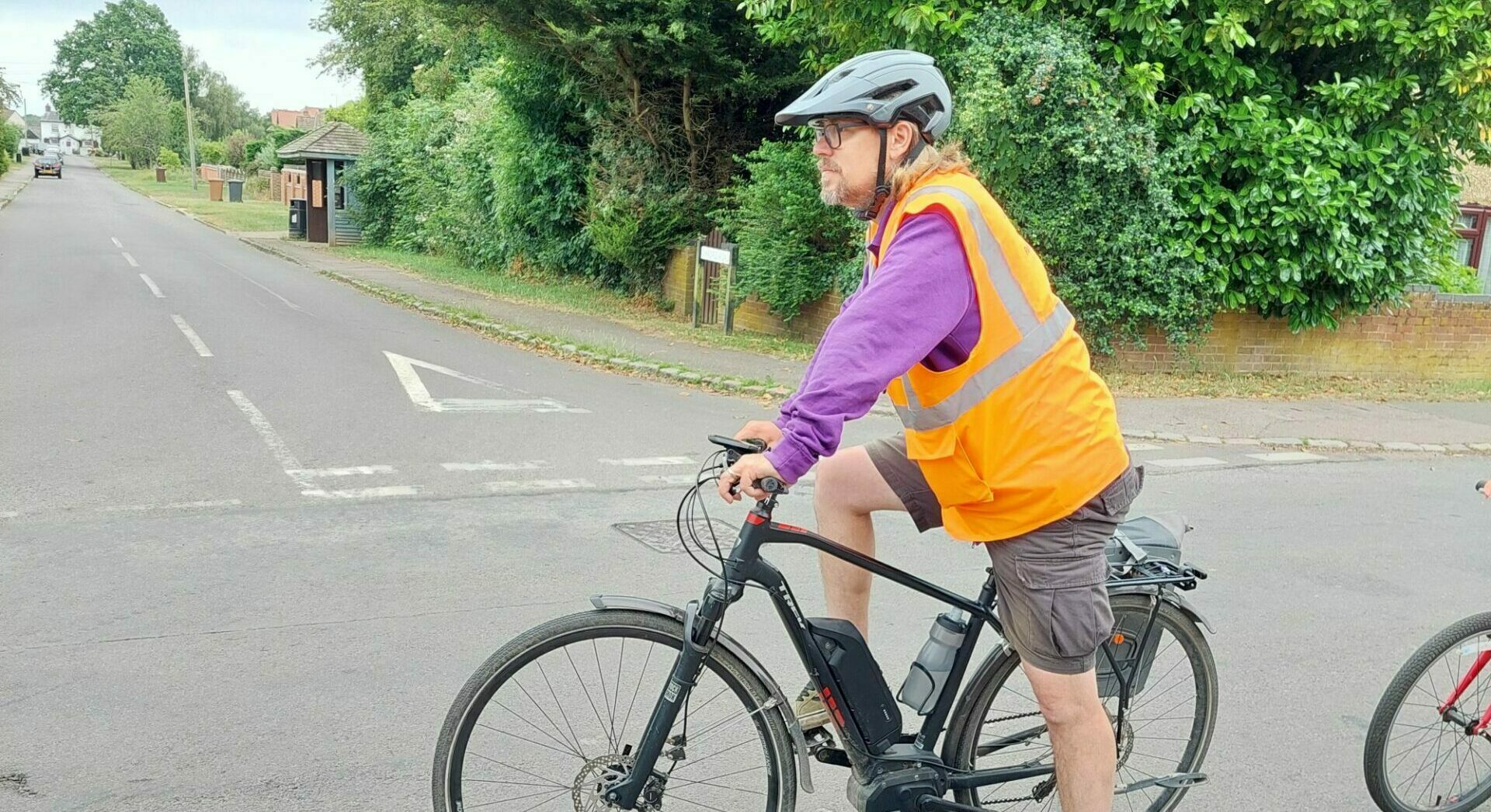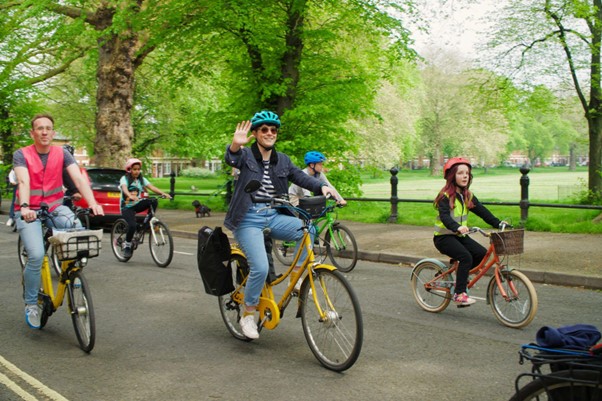To mark Disability History Month, Disabled people’s cycling organisation Wheels for Wellbeing have launched a photobank of images of Disabled cyclists.
The organisation, that campaigns for equitable access to cycling, active travel and multi-modal journeys for Disabled people and mobility justice for all, have launched the bank of imagery to tackle the invisibility of Disabled people in historical records, especially when it comes to cycling.
The first ever cycle was invented by a Disabled person
Wheels for Wellbeing have pointed to the fact that not many people know that the first ever cycle was invented in the mid Seventeenth Century by Stephan Farffler. Farffler, a Disabled man, designed and built his own handcycle well over a century before the Penny Farthing or modern bicycle was made.
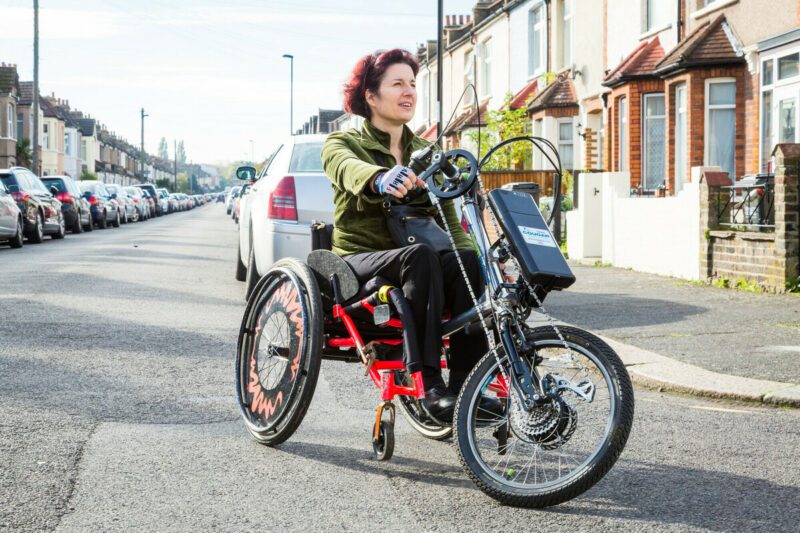

The imagery in the photobank is essential in ensuring that Disabled people are recognized and included within cycling and active travel policy and infrastructure. Until Wheels for Wellbeing started pointing this out, Disabled people never appeared in cycling related imagery. This resulted in a cycle of disability exclusion and invisibility, with many a decision maker or traffic engineer telling Wheels for Wellbeing staff that they’d “never seen a Disabled cyclist”.
Quality, genuine representation is vital
Wheels for Wellbeing wants to ensure there is good quality, genuine representation of Disabled cyclists, freely available for everyone to use. To this end, today and supported by Active Travel England, the charity is launching its photobank of images of Disabled cyclists.
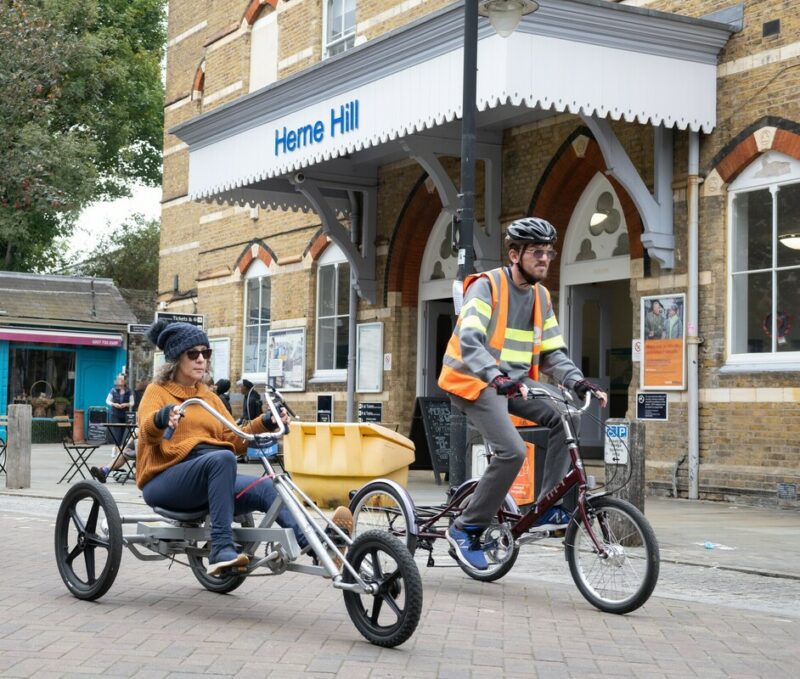

Chris Boardman, Active Travel Commissioner said: “Active Travel England is proud to have supported this work. With a wide choice of great images in the Wheels for Wellbeing photobank, there are now no more excuses for failure to represent the diversity of cyclists and cycles. I would urge anyone working in Active Travel to sign up and start using this free and easy to use resource”.
Making Disabled people more visible
Isabelle Clement, Director of Wheels for Wellbeing said: “We are proud to launch our photobank of Disabled cyclists to mark Disability History Month. We want to right the wrongs of the recent and distant past that have made Disabled people invisible in cycling (as in so many other aspects of life).
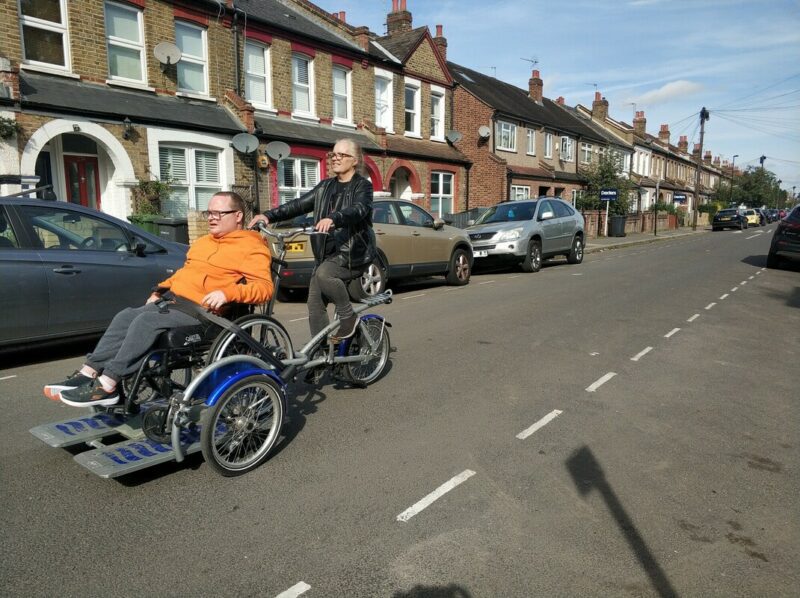

“We are making available an array of wonderful images of Disabled people cycling all different types of cycles in all kinds of different locations – and weather conditions! We can’t wait to see these images in use, transforming perceptions about Disabled people and cycling and helping to create more inclusive policy and infrastructure.”
The Inclusive Cycling Photobank will continue to grow over time, to include rural as well as urban settings and an increasing variety of UK cities and towns. Whether you are a Disabled cyclist, happy to be portrayed in the photobank, a photographer, interested in helping us shoot additional beautiful pictures of Disabled people cycling, or anyone with an interest in supporting the development of this resource, please contact ben@wheelsforwellbeing.org.uk if you would like to help source additional pictures to be added to this.
Sign up for access to the Inclusive Cycling Photobank.
You can find out more about Wheels for Wellbeing on their website.
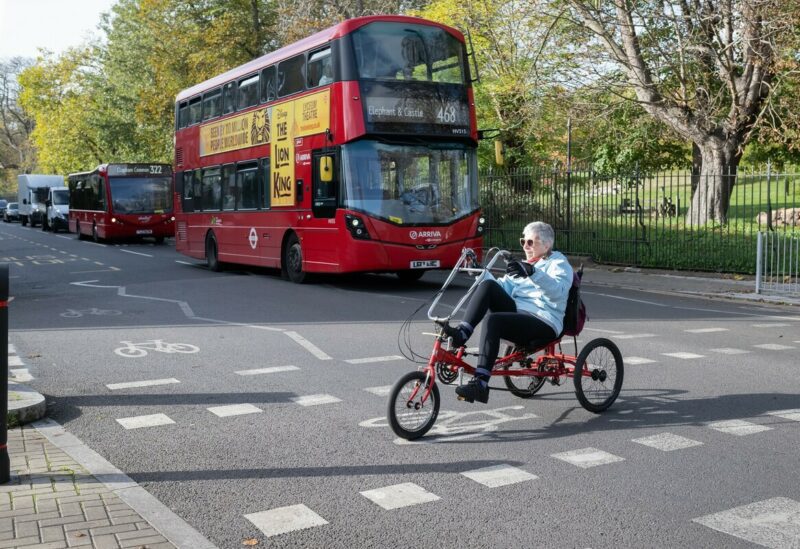

More from Wheels for Wellbeing
Wheels for Wellbeing have put together a series of guides about choosing an accessible cycle, including what to look for and choosing an e-assist cycle. You can read the first part of the top tips for choosing an accessible cycle here.
